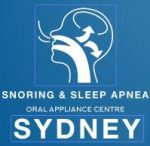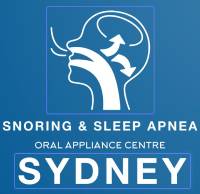
Explore the nuanced manifestations of sleep apnea as we uncover additional signs and symptoms that can help identify and understand this sleep disorder more comprehensively.
Body:
1. **Muscle Discomfort or Weakness:**
– Waking up with sore muscles or a feeling of weakness, potentially due to the increased effort of breathing during sleep apnea episodes.
2. **Frequent Waking to Urinate:**
– Sleep apnea can contribute to nocturia, causing individuals to wake up repeatedly during the night to urinate.
3. **Impaired Motor Skills:**
– Difficulty with coordination and motor skills due to disrupted sleep patterns.
4. **Increased Sensitivity to Light and Noise:**
– Heightened sensitivity to light and noise may result from fragmented sleep and increased arousal.
5. **Snorting or Gasping Awake:**
– Audible snorting or gasping sounds upon waking, indicating a sudden resumption of breathing.
6. **Difficulty Swallowing:**
– Sleep apnea may be associated with a sensation of difficulty or discomfort while swallowing.
7. **Frequent Mood Swings:**
– Rapid and intense shifts in mood, ranging from irritability to euphoria.
8. **Vision Problems:**
– Blurred or fluctuating vision, sometimes linked to the strain on the cardiovascular system during apnea episodes.
9. **Dry Eyes and Increased Eye Irritation:**
– Sleep apnea can contribute to dry eyes and increased irritation due to disrupted sleep.
10. **Bruxism (Teeth Grinding):**
– Grinding or clenching of teeth during sleep, potentially linked to the body’s response to airway obstruction.
11. **Restless Legs Syndrome (RLS):**
– Sleep apnea may coexist with RLS, causing an uncontrollable urge to move the legs during rest.
12. **Reduced Pain Tolerance:**
– Individuals with sleep apnea may experience a lower threshold for pain.
13. **Increased Frequency of Infections:**
– Weakened immune function due to disrupted sleep may lead to more frequent illnesses.
14. **Skin Crawling Sensation:**
– Some individuals report a tingling or crawling sensation on the skin, possibly linked to altered sensory perception during sleep apnea episodes.
15. **Excessive Daytime Sleepiness Even After Naps:**
– Despite taking daytime naps, persistent drowsiness may persist due to the poor quality of sleep.
Conclusion:
Understanding the breadth of signs and symptoms associated with sleep apnea is crucial for early recognition and intervention. If you or someone you know exhibits a combination of these indicators, seeking professional guidance is essential for a thorough evaluation and tailored management plan.


